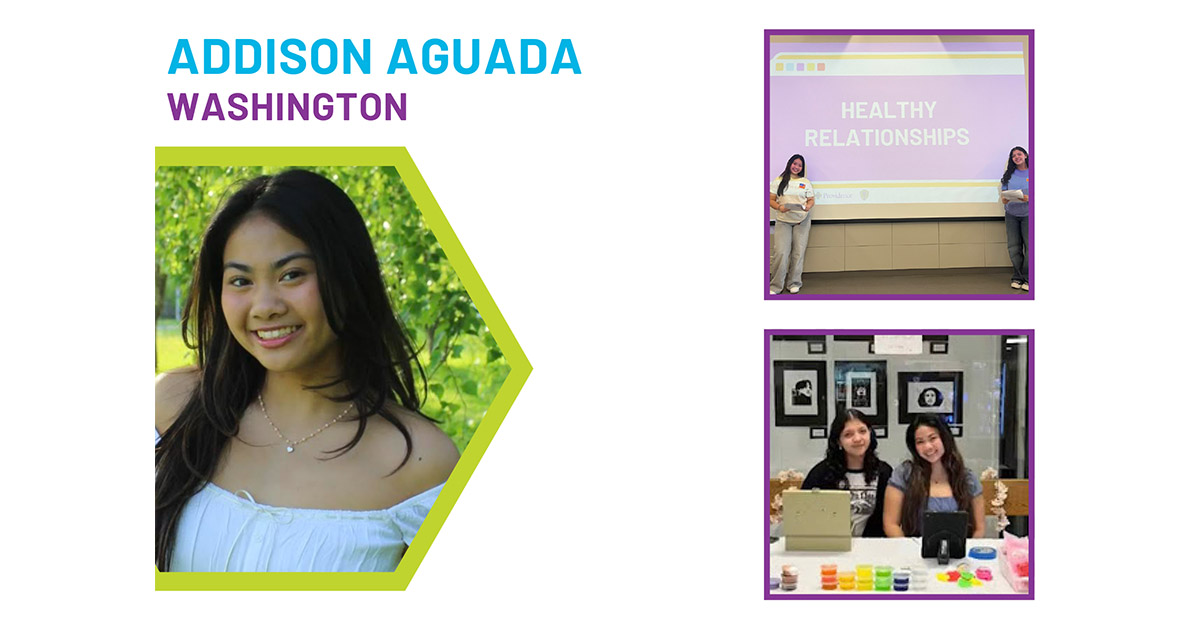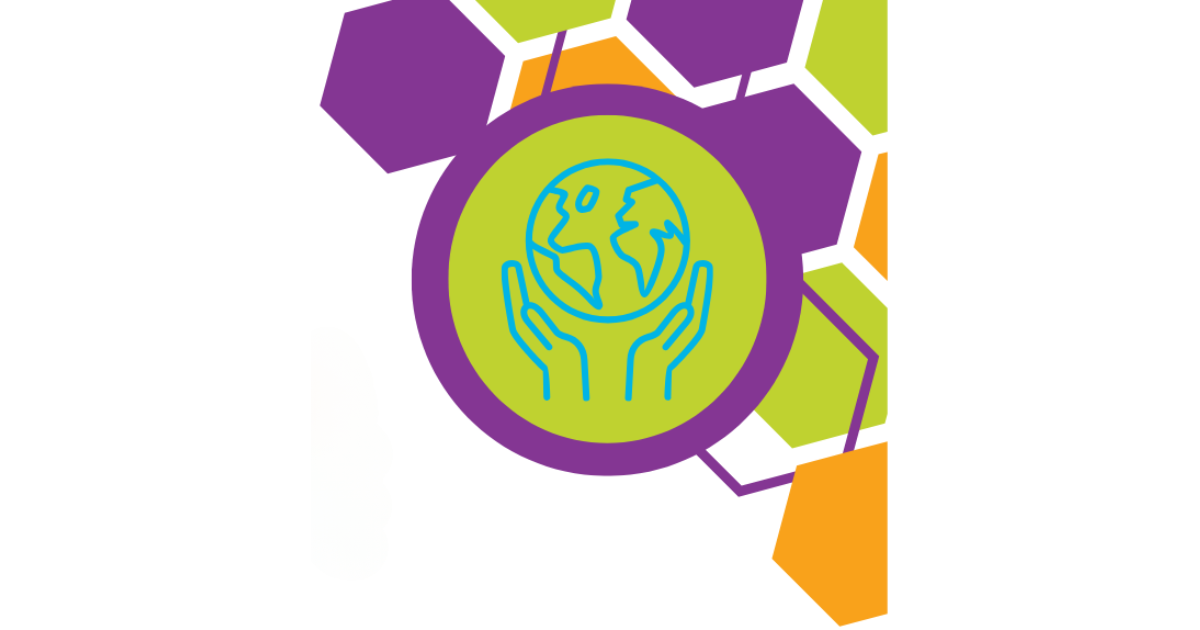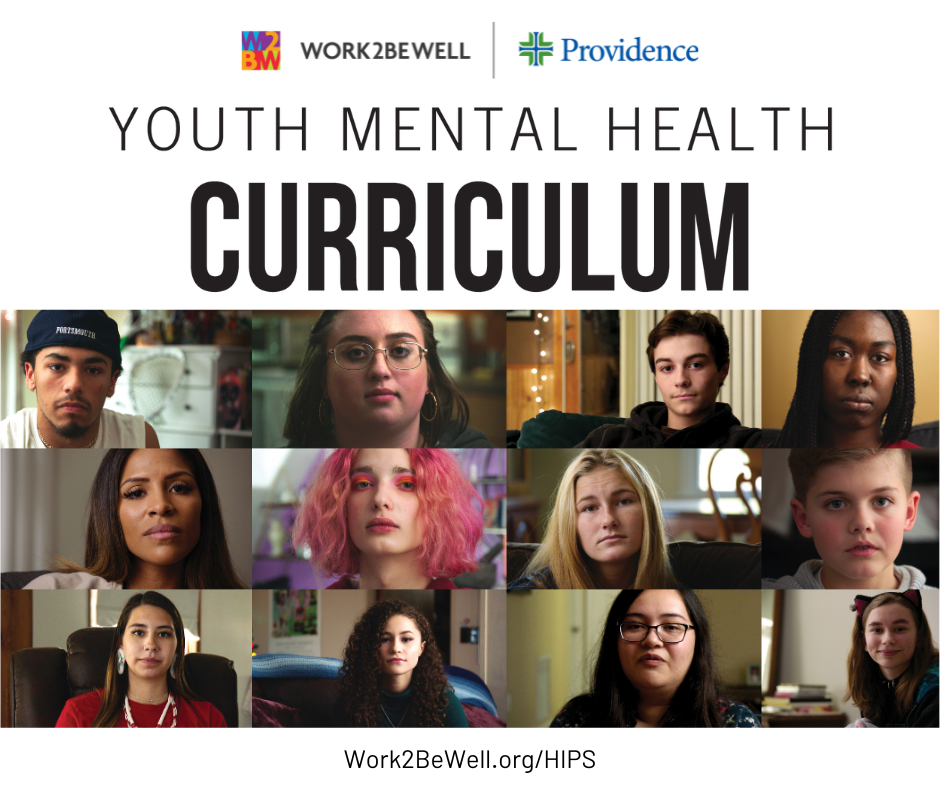What are the signs of Anxiety and Depression
Collaborators: Dr. Robin Henderson and Majalise
Objective: students will be able to identify signs of anxiety and depression.
Time: 35-40
Day 1
What are the identifiable signs of anxiety and depression?
Materials: Power Point, projector, Definition/Checklist One Pager, Poster paper, writing utensils & sticky notes or Padlet as Digital Tool Option.
Activity:
Step One: Students brain dump all information, thoughts, definitions, ideas they have about anxiety and depression. Groups on poster paper. Share out. And post group generated posters.
Digital Option: Padlet projected on the screen while students enter words and lists?
Share video: What is Anxiety? Use video to help facilitate what should be added or adjusted from each poster for the groups.
Step 2: Teacher share clinical definitions. Mini Lesson. Model applying checklist to concept listed on the poster. Place the concept in the correct category including a new category “misconceptions.”
Step 3: Show Slide Show on clinical definitions
Step 4: Teacher models categorizing a concept from the list. Students then return to groups and take poster and use the checklist to categorize their concepts (move misconceptions to a group misconception poster with a sticky.) Could use Digital Tool: Padlet to list categories.
Gallery Walk (3 minutes each): Students leave one group member at the table to “host”. The other tablemates travel to other posters and review their ideas – leave sticky notes for comments. After reviewing all posters, the tablemates return back to their original table and make any changes they have.
Questions: What did you notice about the other posters? What differences did you see on placement? What do you wonder?
Gallery Walk could be eliminated depending on the amount of time available for the lesson
Day 2
Review posters from previous lesson
Video: Depression
Option: Use a padlet to show commonalities from the lists
Questions for Discussion
- What do you do if you suspect someone has anxiety or depression?
- Talk to them about what you are noticing
- Give them resources
- YouthLine (regional mental health youth line in Oregon)
- Encourage them to go to their family healthcare provider
- School based health center
- School Counselor/School RN
- Encourage them to tell a trusted adult
- Online Resources: apps like Headspace, Happify, TalkLife and Calm
- How do you support someone with anxiety or depression?
- Talk to them openly and ask how they are doing—and listen!
- Reach out and engage them in activities
- If they don’t want to go somewhere, go to them and just hang out
- Send messages of encouragement
- Ask them what they would like you to do to support them—then do that!
- How do you take care of yourself while caring for someone with anxiety or depression?
- Remember it’s not about you—you aren’t responsible for someone else’s illness
- Spend time with other friends too
- Talk to a trusted adult
- Engage in self-care activities you enjoy (walks, sports, mani/pedi, etc.)
- Online Resources: apps like Headspace, Calm
Follow Up Activity:
Five Panel Grid: Twitter, SnapChat, or Instragram – draw a series of five posts for a school wellness campaign. Use #Work2BeWell and create your own # to help raise awareness during a week long school campaign.
- EQ
- Poster Brain Dump
- Show PowerPoint and Pass Out One Pagers
- Teacher Model Categorizing
- Students Complete Categorizing
- Share Out
- Follow-Up with Discussion Questions
- Complete Social Media Activity
INFO SLIDE 1: CONCEPT Depression DSM-5 Diagnostic Criteria
The DSM-5 outlines the following criteria to make a diagnosis of depression. The individual must be experiencing five or more symptoms during the same 2-week period and at least one of the symptoms should be either (1) depressed mood or (2) loss of interest or pleasure.
- Depressed mood most of the day, nearly every day.
- Markedly diminished interest or pleasure in all, or almost all, activities most of the day, nearly every day.
- Significant weight loss when not dieting or weight gain, or decrease or increase in appetite nearly every day.
- A slowing down of thought and a reduction of physical movement (observable by others, not merely subjective feelings of restlessness or being slowed down).
- Fatigue or loss of energy nearly every day.
- Feelings of worthlessness or excessive or inappropriate guilt nearly every day.
- Diminished ability to think or concentrate, or indecisiveness, nearly every day.
- Recurrent thoughts of death, recurrent suicidal ideation without a specific plan, or a suicide attempt or a specific plan for committing suicide.
To receive a diagnosis of depression, these symptoms must cause the individual clinically significant distress or impairment in social, occupational, or other important areas of functioning. The symptoms must also not be a result of substance abuse or another medical condition.
INFO SLIDE 2: CONCEPT Symptoms of depression in teens (https://www.psycom.net/depression.central.teens.html)
The defining feature of a major depressive episode is a period of at least two weeks during which there is either depressed mood or loss of interest in nearly all activities. In adolescents, the mood may be irritable. The two-week period represents a change in functioning for the teen.
In addition to experiencing depressed or irritable mood or loss of interest or pleasure, four other symptoms must be present:
- Anger or hostility
- Changes in eating or sleeping habits
- Fatigue or lack of energy
- Hopelessness
- Feelings of guilt or worthlessness
- Poor school performance
- Lack of motivation
- Difficulty concentrating
- Tearfulness or frequent crying
- Restlessness
- Agitation
- Unexplained aches or pains
- Thoughts of death or suicide (with or without a plan)
INFO SLIDE 3: CONCEPT Related Depressive Disorders
- Seasonal Affective Disorder
- Psychotic Depression
- Bipolar Disorder
- Dysthymia
- Atypical Depression
- Postpartum Depression
- Catatonic Depression
- Adjustment Disorder
INFO SLIDE 4: CONCEPT Diagnostic and statistical manual of mental disorders, 5th edition (DSM-5) [1] criteria for Generalized Anxiety Disorder
Excessive anxiety and worry regarding several issues are present most of the time for more than 6 months.
At least 3 symptoms associated with anxiety for the past 6 months:
- Restlessness or feeling on edge
- Easily fatigued
- Difficulty concentrating
- Irritability
- Muscle tension
- Sleep disturbance (difficulty falling or staying asleep, or restless sleep).
- Anxiety causes significant distress or impairment in social, occupational, or other important areas of functioning.
The disturbance is not better explained by another mental disorder (e.g., worries about having a panic attack in panic disorder), worries about embarrassment in public (social phobia), fear of contamination (obsessive-compulsive disorder), separation anxiety; fear of gaining weight (anorexia nervosa), multiple physical complaints (somatization disorder), fear of a serious illness (hypochondriasis), or exclusively due to PTSD.
The disturbance is not attributable to the physiological effects of a substance or another medical condition.
INFO SLIDE 5: CONCEPT Signs of Anxiety in Teens (https://www.psycom.net/hidden-signs-teen-anxiety/)
Emotional changes
While some anxious teens express feelings of pervasive worry, others experience subtle emotional changes such as:
- Feeling “keyed up”
- Feeling on edge
- Irritability
- Difficulty concentrating
- Restlessness
- Unexplained outbursts
Social changes
Anxiety can negatively affect friendships. If your once social teen suddenly avoids his favorite activities or stops making plans with friends, think twice. You might notice your child:
- Avoiding social interactions with usual friends
- Avoiding extracurricular activities
- Isolating from peer group
- Spending increased time alone
Physical changes
Many of the physical complaints that can occur with an anxiety disorder mimic average teen complaints, which tend to increase as they get older. Pay attention to patterns. A couple of headaches here and there shouldn’t be a cause for concern, for example, but frequent headaches are a red flag. Watch for these common psychosomatic complaints:
- Frequent headaches, including migraines
- Gastrointestinal problems
- Unexplained aches and pains
- Excessive fatigue
- Complaints of not feeling well with no obvious medical cause
- Changes in eating habits.
Sleep disturbance
The American Academy of Pediatrics recommends that teens aged 13 to 18 get 8 to 10 hours of sleep on a regular basis to promote optimal health. Pediatricians also recommend shutting down screens 30 minutes prior to bedtime, and removing all electronics from the bedroom.
It’s no big secret that homework demands, changing brain structure, extracurricular activities, and screen time can all cut into the sleep habits of teens. Therefore, it can be difficult to know whether fatigue is a product of anxiety or of a busy schedule. Watch for these red flags:
- Difficulty falling asleep
- Difficulty staying asleep
- Frequent nightmares
- Not feeling refreshed after sleep
Poor school performance
Given that anxiety can affect everything from sleep habits to eating habits to missing school due to physical issues, it should come as no surprise that poor academic performance can also result from untreated anxiety. School avoidance, missed days due to anxiety-related illness, and persistent worry can make it difficult for anxious teens to keep up with their workload. Watch for these changes in your teen:
- Significant jump in grades (usually downward)
- Frequently missed assignments
- Describes feeling overwhelmed by workload
- Procrastinates on, or has difficulty concentrating on, homework assignments more than usual
Related Anxiety Disorders
- Post Traumatic Stress Disorder
- Obsessive Compulsive Disorder
- Separation Anxiety
- Panic Disorder
- Hoarding Disorder
- Social Anxiety Disorder
- Specific Phobias
- Agoraphobia



